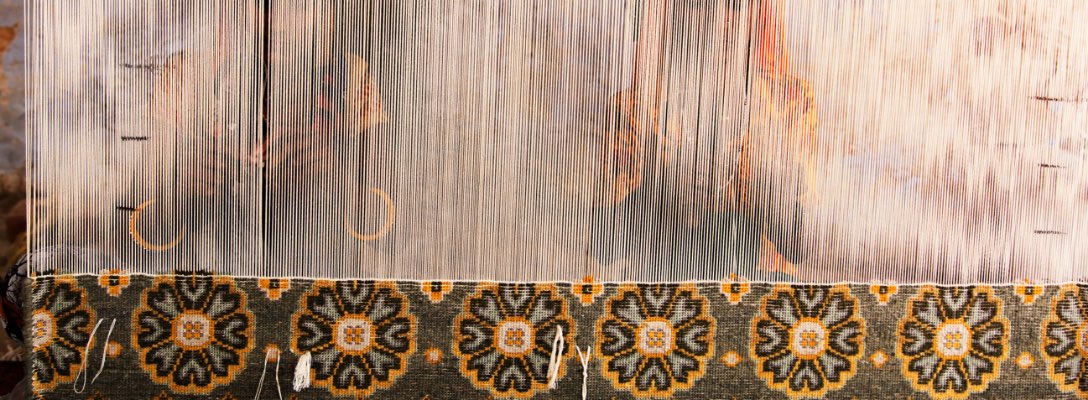You are on our Australia website. Please select your region to see content specific for your location.
Hand-Knotted
Hand-Knotted
The Weaving Process
Hand-knotting found its way into Indian heritage from Persia, giving it its name, Persian Hand-knotting. It’s uniqueness in art is through its style of printing; knot by knot and line by line, paying attention to each intricate detail. It’s a process taking a minimum of 2 months, ranging up to almost a year depending on the quality and size of carpet being woven.

Differentiating each knot was originally done by memory, where weavers would sing out the colors of the line of knots called Boli weaving. This later evolved to the use of design maps, which helped accommodate a rapidly changing design palate. Artisans place the design map at the base of the loom and use each pixel in a chart as a reference to a knot. Artisans with Jaipur Rugs are also a part of a unique sustainable initiative called Manchaha, where they get to design their own rugs at the loom.
The Rug



How to Identify?
Individual, often uneven knots are visible on the back of these rugs, mirroring the pattern visible on the front. A more intricate design will have a higher density of knots at the back, the quality is measured in KPSI (Knots per square inch).

Pile Height
Low to Medium. Comfortable to walk on.

Durability & Intricacy
Product life of 30+ years. High design intricacy.

Weaving Technique
Yarn is knotted on warp thread. Extremely intricate, durable and valuable.
Ideal space
Any high traffic areas for example, the living room.

Pros
Great durability, minimal shedding and a prestige to own, world-over.

Cons
Only downside is that it’s a little heavy on the pocket.
Knots per square inch (KPSI)
KPSI is a factor in determining the quality of hand-knotted rugs. Each knot is in comparison to a pixel; the more pixels in a given area, the clearer the image. It applies to rugs as well.
Learn More


















